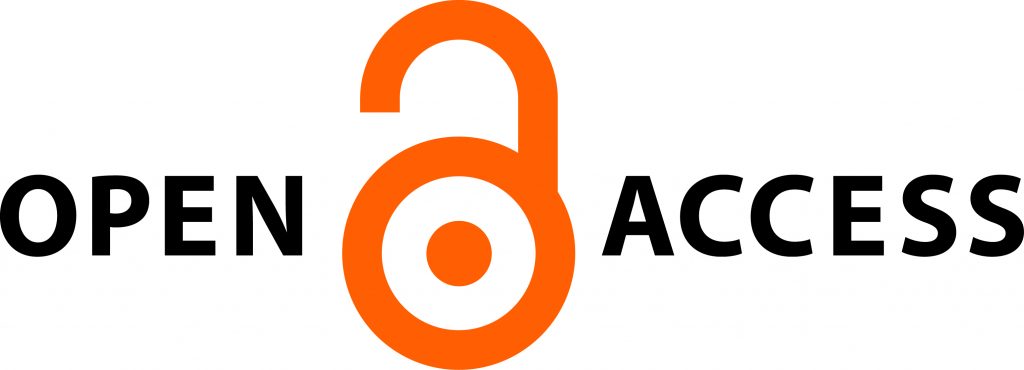Learn about a librarian’s research into 2SLGBTQ+ Libraries and Archives, preserving queer history, and current activism efforts.
OA policies in Canada: a quick and dirty environmental scan

As I settle into my role as this year’s OCULA New Librarian in Residence, I have made it a priority to expand my knowledge of scholarly communications, including open access (OA) policies. Open access policies in academic institutions come in many different flavours. In “Strategies for Success: Open Access Policies at North American Educational Institutions”, a 2015 survey of 51 North American institutions, Fruin and Sutton classified OA policies into three broad categories:
- the Harvard model, in which an institution is granted automatic, non-exclusive license to archive faculty research articles in a repository
- a general statement of encouragement
- a blend of the two
I became interested in how these findings might map to Canadian institutions and performed an environmental scan of the 29 Canadian Association of Research Libraries members to see which schools posted OA policies on their sites. While what I found was interesting (at least to me), I should warn that this list may not be exhaustive, since some institutions’ policies might still be in development. Further, it is unclear if some of the older policies I discovered are still in place. That said, here is a brief analysis of my findings.
No Harvard model in Canada
Thirteen of the 29 CARL institutions have an OA policy posted online. However, none of the policies provide for automatic, non-exclusive license to archive research articles. Canadian policies opt exclusively for the general statement of encouragement model. Furthermore, many Canadian policies are quite gentle in their language, seeking commitment “where possible”, requesting faculty’s “voluntary support”, and, even in the more strongly worded documents, stress that the policy is “not binding in cases publishers or others disallow it.”
I was reminded of Bart Simpson’s pledge: “I can’t promise I’ll try, but I’ll try to try.” In fairness, even Harvard’s policy provides mechanisms for opting out, but some of the wording in these documents suggest they might have been softened, perhaps, in order to pass a vote by academic senate.
Five of the 13 policies applied only to librarians and archivists. Even some librarian-led policies contain mollifying language such “making the best possible effort” to be open. If librarians embark on an OA policy to set an example for faculty, wouldn’t it be ideal to lead with a Harvard-style agreement? Are some Canadian librarians wary of OA? I still get notices in my inbox when colleagues upload their papers onto commercial, for-profit sites such as academia.edu. Are these librarians also depositing these materials into their institutional repositories? And if not, why not?

“Equity and access”
Not all policies were soft in their language, however. Librarians and archivists at the University of Saskatchewan recognized OA’s potential to bridge the inequality between “rich and poor nations in shared intellectual pursuits” while Concordia approved a senate resolution that sought to “exemplify social responsibility” through OA. The policy passed by the faculty of the Ontario Institute for Studies in Education of the University of Toronto (OISE/UT) was among the strongest in terms of wording, underscoring “the importance of equity and access” in their work. While opening up research has many practical dimensions, these institutions stress OA as a moral imperative as well.
Green open access and an area for future research
The CARL institutions’ policies promoted green open access – the common term referring to making work openly accessible by archiving in a subject or institutional repository. This contrasts to policies which might promote what is called gold OA: publishing in an open access journal. This suggests that bringing an OA policy before your senate is an effort to achieve wider support for archiving researchers’ work in institutional repositories. Fruin and Sutton point to a lack of comprehensive studies on OA policies in North America (2015). But if Canada’s institutions are unique in not using Harvard-style policies, a compelling area of future research might focus exclusively on Canadian institutional OA policies. Of the policies I discovered, the average year or adoption was 2011. In their 2014 paper, “Scholarly Communication at Canadian Research Libraries: Conversations with Librarians” Burpee and Fernandez found that most policies at CARL libraries were still at a nascent stage. Soon it will be time to determine the efficacy of these policies. Did they achieve increased faculty deposit or were they merely symbolic efforts and largely ignored? What is the rate of compliance and what are the strategies for success? What are the pitfalls to be avoided and what can we learn from those who did not succeed? We will soon be in a position to ask these questions.
Chris Landry is a Scholarly Communications Librarian and the 2015 OCULA New Librarian in Residence at OCAD University. He can be reached at clandry [at] ocadu.ca


